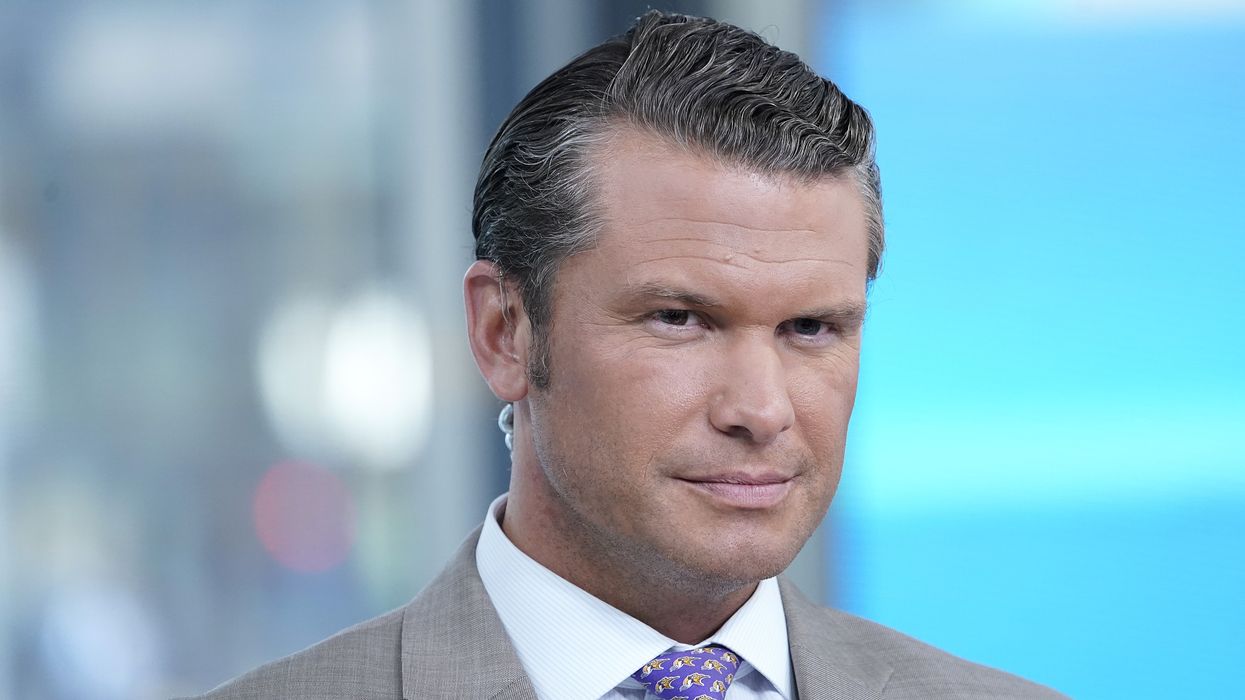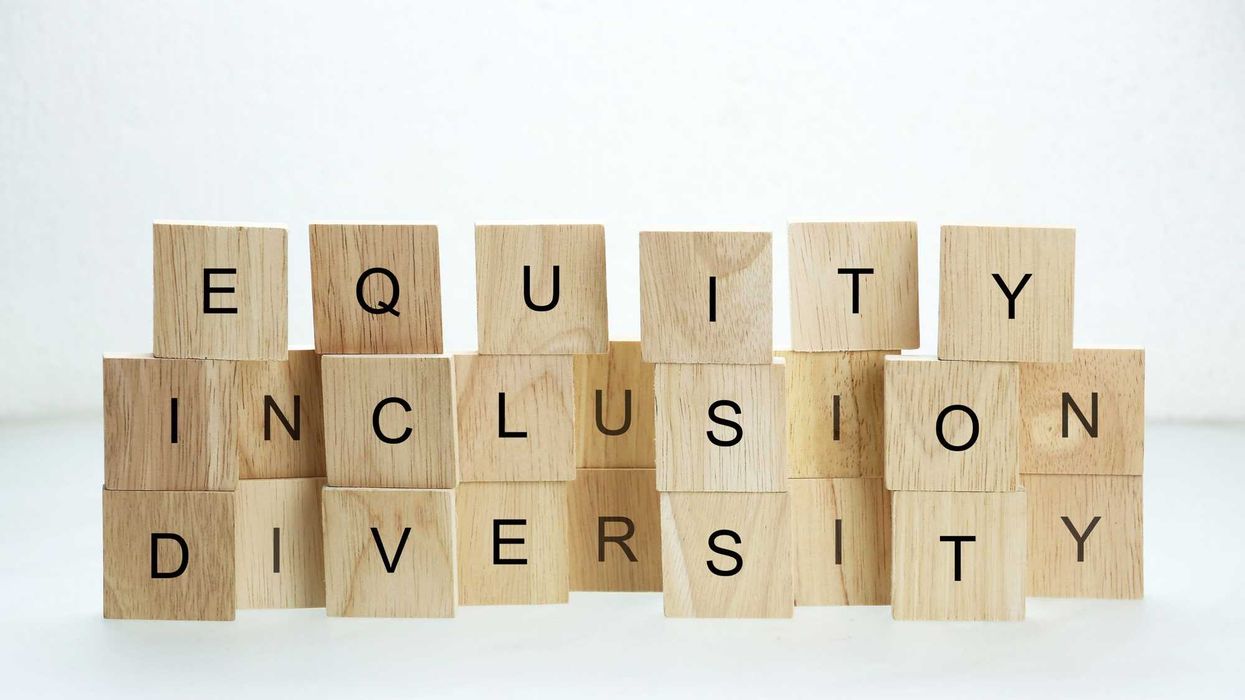Originally published by The 19th.
Women veterans, national security organizations and military historians are pushing back against recent disparaging comments made by Pete Hegseth, President-elect Donald Trump’s choice to lead the Department of Defense.
“I’m straight up just saying we shouldn’t have women in combat roles,” Hegseth, a Fox News host who served in the Army National Guard, said on a podcast last week while promoting his new book, “The War on Warriors.” “It hasn’t made us more effective. It hasn’t made us more lethal. It has made fighting more complicated.”
Allison Jaslow, the chief executive of Iraq and Afghanistan Veterans of America, said she was deployed to Iraq in 2004 as a platoon leader. Within two months, her entire platoon’s mission shifted to a more combat-focused directive and many of the “women could run circles around some of the men” — both in physical fitness and courage, Jaslow said.
“During my time in the military, I’ve had some male colleagues really freaking disappoint me,” Jaslow said. “I’ve seen women who’ve displayed more courage, better physical fitness and better character over some of the men that I’ve served with. I reject the notion [that men are categorically better] altogether, and I think some people with strongly held beliefs will look at one example and label all the rest of us. … It’s just one of those things where I’m like, ‘Tell me to my face.’”
Hegseth, who according to his personal website served in Afghanistan, Iraq and Guantanamo Bay, Cuba, also said that institutions shouldn’t incentivize women to take these roles because “over human history, men in those positions are more capable.”
He argued in his book that standards have been changed to accommodate women, which ultimately detracts from the capability of military units. He also claims that “America’s white sons and daughters” are walking away from the military because of “woke” ideology that is too “effeminate” and promotes diversity, equity and inclusion to the country’s detriment.
“Everybody knows between bone density and lung capacity and muscle strength, men and women are just different,” Hegseth added in the interview.
Women — who currently make up more than 21 percent of the active-duty force — have held combat roles in the military for decades, though it’s been a gradual progression. Congress repealed the law banning women from combat aviation and on ships in 1991 and 1993, respectively. The Navy reversed the policy barring women from submarines in 2010. And then in 2013, Congress announced the repeal of the combat exclusion policy, which was implemented in 2015. Over a quarter of a million women served in Iraq from 2003 to 2011, the largest-scale and most visible deployment of women in U.S. history. More than 1,000 women were injured in combat and 166 killed as of 2017, according to the Service Women’s Action Network (SWAN).
Lory Manning, a Navy veteran who served as the director of government operations with SWAN, said Hegseth’s comments are “ill-informed” and there’s no substantial evidence that the presence of women in combat roles harms the U.S. military’s effectiveness.
“He keeps saying they’ve lowered standards for women [in combat roles], and that is just not true,” said Manning, who also led Women in the Military Project at the Women’s Research and Education Institute for 15 years. “Number one: it’s against the law to lower standards for women.”
Manning said he is likely confusing or conflating two different kinds of military standards: basic physical fitness and occupational. The basic physical fitness tests differ across military services and are typically adjusted by age and gender.
“These are basically just to see if this person is fit to be in the military, whether they’re a heart surgeon or a Catholic chaplain or a combat person,” Manning said. “But for every single job in the military, there’s also a set of occupational standards that have to be met. And the law says that they must be gender and age neutral.”
Women service members are required to meet the exact same standards as the men serving alongside them in the same roles. In some recent instances, Manning said women were even asked to participate in specialty combat squads called Lioness Teams. In Iraq, it became clear that only American women soldiers were able to communicate with Iraqi women due to cultural customs and were able to gain important intel on the ground.
“I think [Hegseth] is dead wrong when he says that women are the problem,” Manning said. “Leadership is and has historically been about how to blend the diversity in the armed forces.”
Jaslow emphasized that women should not be considered as weaker based on their gender, pointing to how many have competed and succeeded on the same playing field as their male counterparts.
“Look at the women who’ve graduated from Ranger School, which is so grueling that around half of the men who enter it fail out,” Jaslow said, referring to one of the toughest Army training courses. “These women deserve a Secretary of Defense who is aware of that reality and also ensures that the culture in the military embraces that reality.”
Jaslow said Hegseth’s remarks were especially disappointing because he also fought during the post-911 conflicts alongside an increasing number of women service members.
“It’s tough to swallow that he is somebody who is a contemporary of mine, who lived through our most recent wars and also understands that we are fighting our wars with an all-volunteer military right now,” Jaslow said. “We don’t need to be standing in the way of any able-bodied American who wants to serve or telling them that there are restrictions on the way that they have to serve their country. Just set the standards, and if they can rise to the challenge, they should be able to serve.”
If confirmed, Hegseth would lead the largest government agency, which employs nearly 3 million military and civilian employees all charged with protecting the security of the country.
Kara Dixon Vuic, who studies gender and the U.S. military at Texas Christian University, said that if Hegseth were to bar women from serving in combat roles — it would be a rare reversal in a centuries-long history of the military expanding toward greater inclusivity. A major exception was when Trump placed a ban on transgender people serving in the military, which went into effect in 2019 and was ended by the Biden administration in 2021.
“Nothing Hegseth’s saying is new,” Vuic said. “People said those same things about the racial integration of the military. They said similar things about gay men and women being allowed to serve openly. He’s putting the blame for anything negative that could happen on a group of people without providing evidence to support that claim.”
Yet, women have found themselves on the frontlines of war for centuries, even before they were given technical combat role titles. When the chaos of conflict ensues, roles are often not cleanly delineated into combat and non-combat. Even cooks, medics and radio operators can find themselves in the battlefield. As far back as the Revolutionary War, there were reports of women serving in combat alongside their husbands or disguised as men or as spies for the cause.
“I think top military leaders will push back because they know the realities on the ground,” Vuic said. “They see that women in combat is a matter of efficiency and effectiveness. And they have understood for a long time that to be the most lethal military, you have to draw on the widest pool of talent in this country. To cut off more than half of the population simply because of their sex is not going to give you an optimal military force.”
Lauren Buitta, who founded Girl Security, a nonprofit dedicated to increasing gender equity in the national security sector, said the U.S. military is currently struggling with high suicide rates, rampant sexual misconduct and assault and a recruitment crisis.
“In my mind, the short of it is that this issue is decided: Women have served selflessly,” Buitta said. “There are other tremendous challenges that the U.S. military confronts that I imagine a Secretary of Defense would be focused on.”
Buitta, who works on dismantling gender stereotypes to create career pathways for young girls and women in the national security sector, said that her organization will continue to help girls achieve their dreams, even if that is to serve in a combat role in the military.
“If Hegseth’s words did turn into action that impacted women’s contributions and combat occupations, I think it will hurt America’s position on the global stage,” Buitta said. “We lead by example.”



















